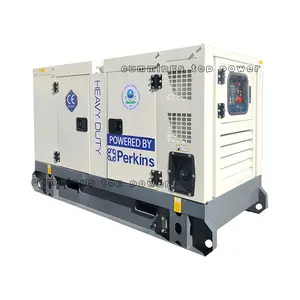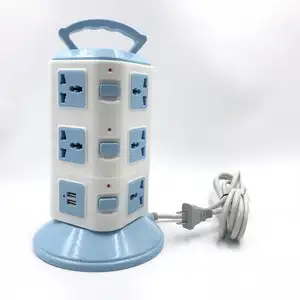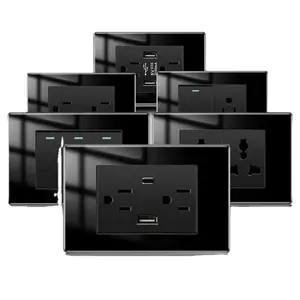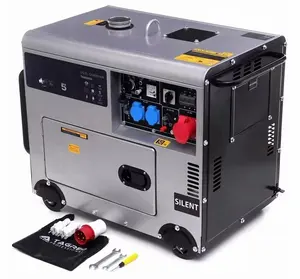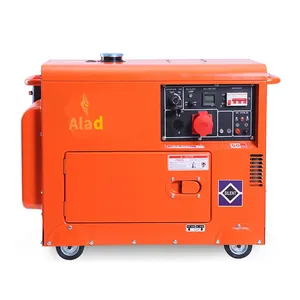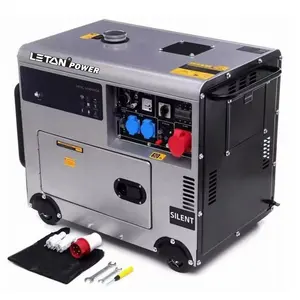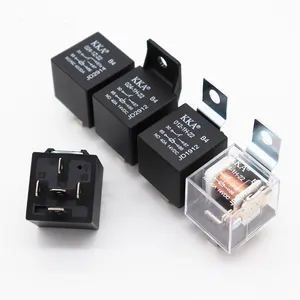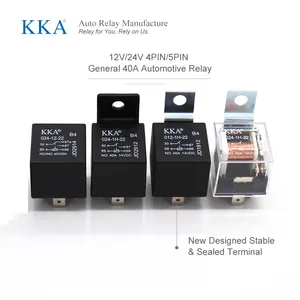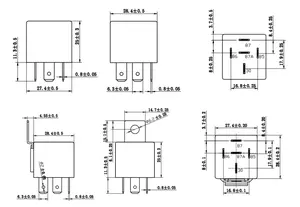Popular in your industry
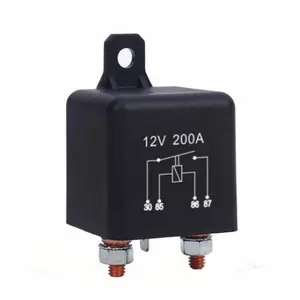


























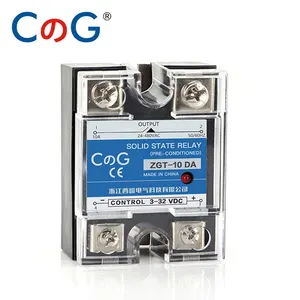




























Top categories
About 120a 12v relay
Introduction to 120A 12V Relays
Relays are pivotal components in various electrical systems, and a 120a 12v relay stands as a robust example within this category. Designed to control large currents with a small control signal, these relays are essential for managing automotive and industrial applications where high-power switching is required.
Types and Configurations
There are multiple configurations of 12v 120a relays, each tailored to specific needs. Some are designed for continuous duty, while others are suited for intermittent use. The construction of these relays may vary, with some featuring single-pole single-throw (SPST) designs and others offering single-pole double-throw (SPDT) options, providing versatility in their application.
Applications of 120A Relays
The relay 12v 120a is commonly used in automotive systems, such as in the starting system of vehicles, where they handle high current loads. Beyond automotive uses, these relays are also found in solar energy systems, marine applications, and heavy machinery, ensuring safe and effective power management.
Features and Materials
A typical 120a 12v relay is constructed with robust materials capable of withstanding high temperatures and electrical loads. The contacts are usually made of silver or copper alloys to ensure good conductivity and durability. The casing is often composed of high-strength plastic or metal to protect the internal components from environmental factors.
Advantages of Using 120A 12V Relays
Utilizing a 120a relay 12v in a circuit offers the advantage of controlling high current circuits with a low current signal. This not only enhances safety by isolating the control circuit from the high-power circuit but also improves the longevity of the control switch due to the reduced load.
Selection Considerations
When selecting a 12v 120a relay, it is important to consider the electrical requirements of the application, the environmental conditions it will be exposed to, and the expected lifespan of the relay. Ensuring compatibility with the existing electrical system is crucial for optimal performance.
